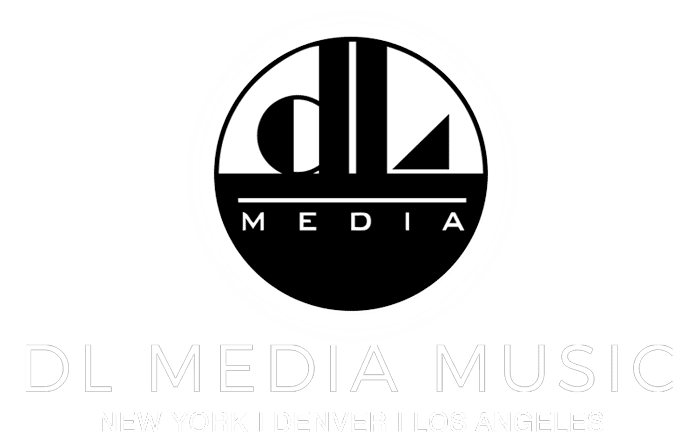PRESS RELEASES
John Beasley – “MONK’estra Vol. 2” – Available September 1
If one were to have access to a time machine and could go back to see legendary bandleader Thelonious Monk in concert during the 1950s and ‘60s, you’d likely see him so compelled by the music that he would retreat from his piano mid-performance and conduct his band, no matter how small or large, through an impassioned dance. But behind the joyous dance that overtook the stage lay the societal struggles a jazz musician endured to present that 90 minutes of musical freedom – a tale of police harassment, systemic oppression and constant battles for equality. Fast forward to 2017 and composer-arranger-pianist John Beasley is using Monk’s spontaneous movements and experiences as the basis for conducting radically reconceived versions of the late composer’s music for his critically acclaimed big band project: MONK’estra.
“You start thinking of Thelonious and his era, of what it took just to be a jazz musician during that time. I wanted to push the story out there that maybe some jazz fans had forgotten about,” says Beasley. “The deeply rooted struggles these musicians went through while following their human impulse to create music and how our current culture is still reminiscent of those times.”
Looking to the past for inspiration brings the music into the future for MONK’estra, Vol. 2, which masterfully applies a rich orchestral palette across an array of modern infectious rhythms, while discovering new dimensions of the classic compositions that emerge directly from their deepest jazz roots.
Beasley expands on the inspiration that earned him two GRAMMY® Award nominations, plus widespread critical and popular acclaim, for MONK’estra, Vol. 1. Beyond just adapting the indelible themes of Thelonious Sphere Monk (subject of many centennial celebrations this year) for a 16-member big band plus incomparable guest artists, these 10 songs explode into new musical experiences due to the collective unit embracing a new strain of jazz, which features diverse sounds and a broad base of influences from the entire black music canon.
Consider: trumpeter Dontae Winslow breaks out a fierce rap, appropriate for these modern times, between his horn solos on “Brake’s Sake.” Regina Carter bows in the soulful vein of Ray Nance on Beasley’s homage-to-Ellington treatment of “Crepuscule for Nellie.” Tenor saxophonist Kamasi Washington wails at full throttle, à la Pharoah Sanders, on the first half of “Evidence,” followed by Conrad Herwig’s “I want to be happy!” trombone history-of-techniques lesson. Dianne Reeves enacts “Dear Ruby” with lyrics written by Sally Swisher, originally recorded by the great Carmen McRae. Pedrito Martinez infuses “Criss Cross” with an Afro-Cuban beat.
With his multi-faceted talents being recognized on the largest scale, Beasley has been invited to conduct global jazz orchestras playing the music of MONK’estra. Live performances have given him a deeper understanding of the genius and wit of Monk and how he gave space for musicians to interpret freely. “We did a lot of concerts prior to recording Volume 2,” Beasley says, “which allowed me to ‘feel out’ our band’s personality and tweak arrangements so we would not sound like a wind chamber ensemble – which can be kind of stuffy – but instead like a juicy, funky, street big band – you know, jazzy. Witnessing audiences reacting to this sound, made me write more of this feeling into Volume 2.”
The “juicy, funky, street” elements are evident from the get-go – Winslow’s rap about racial and economic justice also bears throwback resonance. “While this is a Monk tribute record, it expresses ideas about the human experience at his time and at our time – how we live and what we value with a poignant point that the equality issues that his generation of black musicians faced are still present today,” comments Beasley. “I mean, yes, we’ve come a long way, but have we really?”
As such themes from Monk’s life and his music endure, Beasley’s interpretations are informed by the music of his generation: “Our time, which I think of as a fair amount of funk, rhythm and blues, Afro-Cuban influence, hip-hop, all of that. For me,” he continues, “arrangements start with a rhythmic groove. I’m not trying to recreate the great earlier versions, because they’ve already been done. I’m trying to put my own personality into the mix. I orchestrate and write at the same time, thinking ‘How about this counter-line? What color would be cool underneath it?'”
So hear handclaps and finger snaps beneath Regina Carter. Terreon Gully’s drums and Ben Shepherd’s bass punctuate the freely improvised group section of “Evidence” (Beasley says he was thinking of Coltrane’s “Ascension”). Low and muted brass and high reeds usher in a lush trombone on “Ugly Beauty,” then whisk it into “Pannonica.” New Orleans syncopation launches “I Mean You,” with funk riffs lending body. Beasley’s organ swirls under the ultra-romantic harmonization of “Light Blue.” Irresistible clave drives “Criss Cross,” coming to a head in staggered parts of call-and-response after passages of montuno and barrelhouse piano. “Work” has a mysterious, cinematic, narrative complexity.
John Beasley is the director, grandly re-envisioning stories born from the genius of Thelonious Monk on MONK’estra, Vol. 2.
